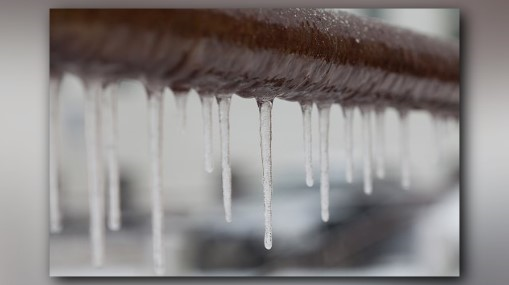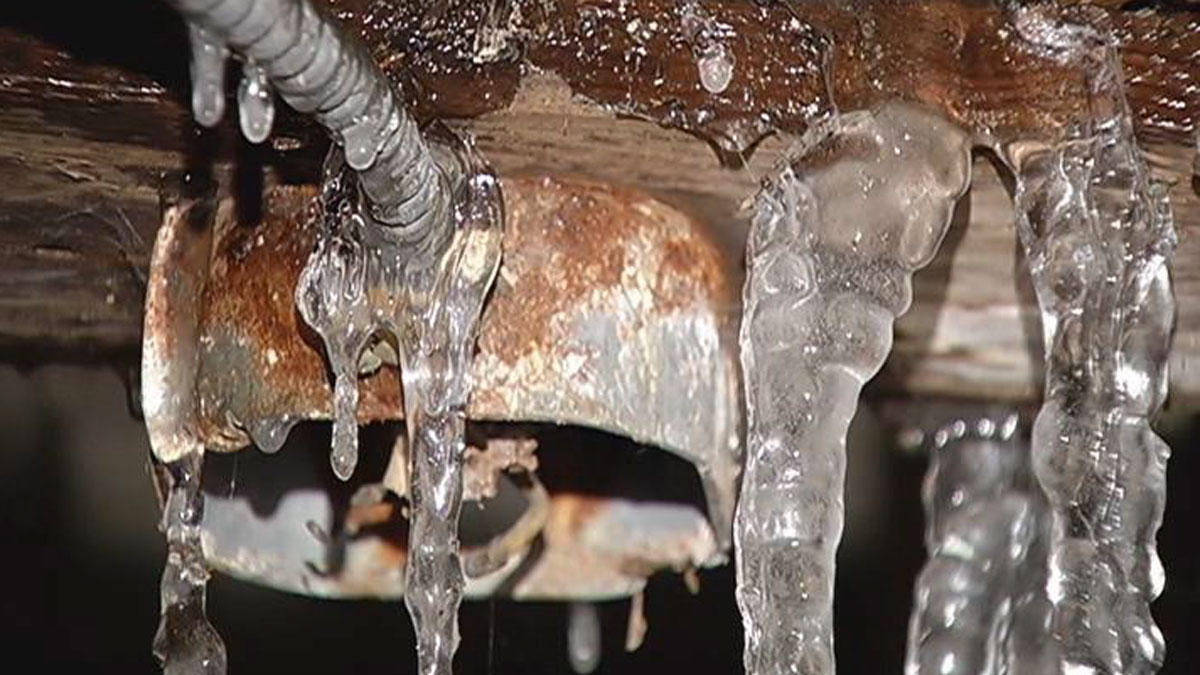Just how do you really feel in regards to How to Prevent Your Pipes From Freezing?

Winter can wreak havoc on your plumbing, particularly by freezing pipes. Here's exactly how to stop it from occurring and what to do if it does.
Introduction
As temperature levels decrease, the threat of frozen pipes boosts, potentially bring about pricey repair services and water damage. Recognizing exactly how to stop icy pipelines is crucial for home owners in cool climates.
Avoidance Tips
Shielding vulnerable pipes
Wrap pipelines in insulation sleeves or use warm tape to protect them from freezing temperature levels. Focus on pipes in unheated or outside areas of the home.
Home heating techniques
Maintain indoor areas sufficiently heated, particularly locations with plumbing. Open up closet doors to enable warm air to circulate around pipes under sinks.
Exactly how to recognize frozen pipelines
Try to find reduced water circulation from faucets, unusual odors or noises from pipes, and noticeable frost on exposed pipelines.
Long-Term Solutions
Architectural adjustments
Think about rerouting pipelines far from outside walls or unheated locations. Add extra insulation to attics, basements, and crawl spaces.
Updating insulation
Buy top quality insulation for pipelines, attics, and wall surfaces. Proper insulation assists maintain consistent temperatures and decreases the danger of icy pipes.
Protecting Outdoor Plumbing
Garden hose pipes and exterior taps
Separate and drain yard tubes before winter months. Install frost-proof faucets or cover exterior taps with shielded caps.
Comprehending Frozen Pipes
What creates pipes to ice up?
Pipes ice up when subjected to temperatures listed below 32 ° F (0 ° C) for expanded periods. As water inside the pipes ices up, it expands, putting pressure on the pipeline walls and possibly causing them to rupture.
Threats and problems
Frozen pipes can result in water system disruptions, home damages, and costly repair work. Ruptured pipes can flood homes and cause extensive architectural damage.
Indicators of Frozen Water Lines
Recognizing icy pipes early can prevent them from rupturing.
What to Do If Your Pipes Freeze
Immediate activities to take
If you think icy pipelines, maintain taps open to eliminate pressure as the ice melts. Use a hairdryer or towels soaked in hot water to thaw pipes slowly.
Conclusion
Stopping icy pipes needs positive steps and quick actions. By understanding the reasons, indications, and safety nets, home owners can secure their pipes throughout winter.
6 Proven Ways to Prevent Frozen Pipes and Protect Your Home
Disconnect and Drain Garden Hoses
Before winter arrives, start by disconnecting your garden hoses and draining any remaining water. Close the shut-off valves that supply outdoor hose bibs and leave the outdoor faucet open to allow any residual water to drain. For extra protection, consider using faucet covers throughout the colder months. It’s also important to drain water from any sprinkler supply lines following the manufacturer’s directions.
Insulate Exposed Pipes
Insulating your pipes is an effective way to prevent freezing. Pipe insulation is readily available at home improvement stores and is relatively inexpensive. Pay close attention to pipes in unheated areas such as the attic, basement, crawl spaces, or garage. Apply foam insulation generously to create a buffer against the cold. You can also wrap your pipes in heat tape or thermostat-controlled heat cables for added warmth.
Seal Air Leaks
Inspect your home for any cracks or openings that could let in cold air. Seal any holes around the piping in interior or exterior walls, as well as the sill plates where your home rests on its foundation. Additionally, make sure to keep your garage door closed unless you’re entering or exiting. Leaving it open creates a significant air leak that can lead to frozen pipes.
Allow Warm Air Circulation
During cold snaps, it’s essential to allow warm air to circulate evenly throughout your home. Leave interior doors ajar to promote better airflow. Open kitchen and bathroom cabinets to help distribute heat consistently around the rooms. If you have small children or pets, be sure to remove any household chemicals or potentially harmful cleaners from open cabinets for safety.
Let Faucets Drip
A small trickle of water can make a big difference in preventing ice formation inside your pipes. When temperatures drop significantly, start a drip of water from all faucets served by exposed pipes. This continuous flow helps prevent the water from freezing. Additionally, running a few faucets slightly can relieve pressure inside the pipes, reducing the chances of a rupture if the water inside does freeze.
https://choateshvac.com/6-proven-ways-to-prevent-frozen-pipes-and-protect-your-home/

We hope you enjoyed reading our excerpt on Winter Plumbing Precautions: Preventing Frozen Pipes. Thanks a ton for taking the time to read through our short article. Liked our blog entry? Please quickly share it. Help somebody else locate it. Many thanks for your time. Come back soon.
Order Repair
Comments on “Shielding Your Pipes from Freezing Issues: Critical Strategies”